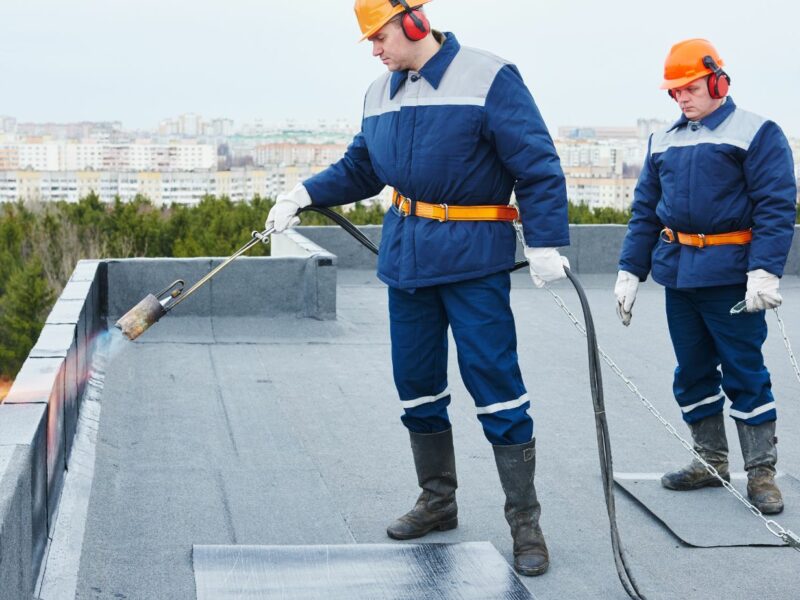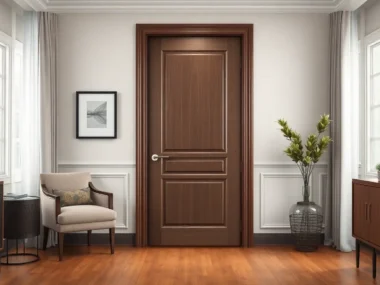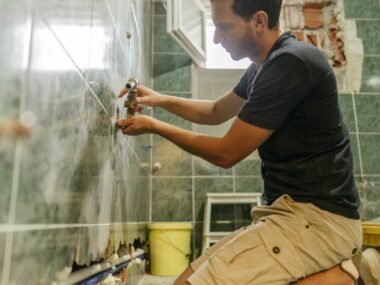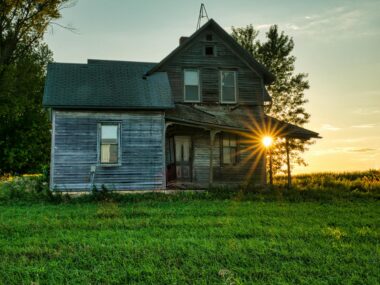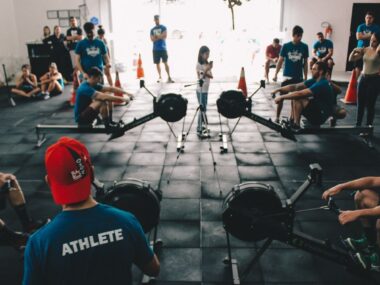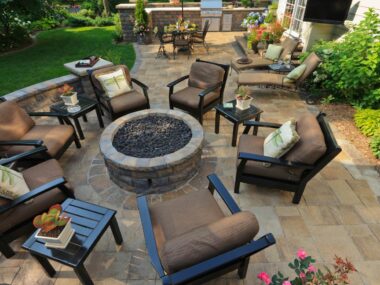Did you know that nearly 50% of commercial building owners have to deal with flat roof issues within the first decade of installation? Ignoring these problems can lead to severe consequences, from structural damage to heightened operational costs. Regular maintenance is essential for extending the lifespan of your commercial flat roofing. By recognizing early warning signs, you can prevent minor issues from escalating into costly repairs or complete replacements. This post will walk you through 10 crucial signs indicating that your flat roof needs immediate attention.
Sign 1: Water Pooling
Explanation
Water pooling, also known as ponding, occurs when water remains on the roof surface for more than 48 hours after precipitation. This is a common issue for flat roof types since they lack the natural slope for water runoff.
Consequences
The dangers of water pooling include:
- Structural damage due to prolonged moisture exposure
- Increased risk of leaks
- Mold and mildew growth affecting indoor air quality
Solutions
Addressing water pooling involves:
- Slope correction: Adjust the roof’s pitch to direct water toward drains
- Installing additional drainage systems: Ensure efficient water removal
Table: Pros and Cons of Slope Correction
| Pros | Cons |
| Effective water diversion | Can be expensive to implement |
| Reduces long-term damage | May require structural adjustments |
Sign 2: Blistering and Bubbling
Explanation
Blistering and bubbling occur when trapped moisture or air within the flat roof materials expands due to temperature changes, creating raised sections on the roof membrane.
Consequences
- Compromised insulation effectiveness
- Increased vulnerability to leaks
Solutions
- Patching or replacing affected sections
- Improving roof ventilation to reduce internal moisture
List: Causes of Blistering and Bubbling
- Poor initial flat roof installation
- Moisture trapped beneath the membrane
- Extreme temperature fluctuations
Sign 3: Cracks and Splits in the Membrane
Explanation
Cracks and splits are common in aging roofs or those exposed to severe weather conditions, particularly UV radiation and thermal expansion/contraction.
Consequences
- Water seepage leading to interior damage
- Degradation of insulation properties
Solutions
- Sealing cracks with waterproof coatings

- Replacing sections with severe damage
Table: Common Causes of Cracks and Splits
| Cause | Description |
| UV Exposure | Sunlight deteriorates the roofing membrane over time |
| Temperature Changes | Thermal expansion and contraction cause stress and eventual cracking |
| Poor Installation | Subpar materials or techniques result in early wear and tear |
Sign 4: Membrane Shrinkage
Explanation
Membrane shrinkage happens over time as certain flat roof materials contract, pulling away from edges and joints, especially in single-ply systems like EPDM.
Consequences
- Creation of gaps and leaks
- Damage to flashing and roof edges
Solutions
- Reinforcing affected areas with additional materials
- Complete membrane replacement if shrinkage is extensive
Sign 5: Sagging Roof
Explanation
A sagging roof indicates underlying structural issues, often due to long-term water damage or insufficient support during the original commercial roof installation.
Consequences
- Risk of roof collapse
- Water accumulation, leading to further damage
Solutions
- Reinforcing the roof’s structure
- Correcting the slope to ensure proper drainage
List: Structural Reinforcement Methods
- Adding support beams or trusses
- Using lightweight, high-strength materials
Sign 6: Increased Energy Bills
Explanation
Significantly higher energy bills may indicate a loss of thermal efficiency due to compromised roof insulation.
Consequences
- Higher operational costs
- Increased indoor temperature fluctuations
Solutions
- Inspecting and improving roof insulation
- Applying reflective coatings to reduce heat absorption
Sign 7: Interior Water Damage
Explanation
Leaks from a damaged commercial flat roof often manifest as visible damage inside the building, such as stained ceilings and walls.
Consequences
- Potential mold growth affecting health
- Damage to interior fixtures and equipment
Solutions
- Regular roof inspections
- Prompt repair of identified leaks
Table: Common Signs of Interior Water Damage
| Sign | Description |
| Ceiling Stains | Brown or yellow marks on the ceiling |
| Peeling Paint | Moisture causing paint to bubble and peel |
Sign 8: Visible Roof Debris and Deterioration
Explanation
Loose granules, torn membranes, or degraded flat roof materials are signs of wear and tear that need immediate attention.
Consequences
- Clogged drains, leading to water pooling

- Accelerated roof degradation
Solutions
- Regular cleaning and inspection
- Replacing or repairing deteriorated materials
Sign 9: Visible Rust
Explanation
Rust formation on roof components like metal decking and HVAC units indicates prolonged exposure to moisture, often due to leaks.
Consequences
- Compromised structural integrity
- Increased likelihood of leaks
Solutions
- Treating rust with anti-corrosive solutions
- Protecting metal surfaces with coatings
Sign 10: Unpleasant Odors Indoors
Explanation
Mold and mildew thrive in damp environments, creating musty odors that permeate the building.
Consequences
- Health risks for occupants
- Loss of building appeal and aesthetics
Solutions
- Identifying and repairing leaks
- Improving ventilation to reduce moisture buildup
Conclusion
Regular maintenance and prompt action are key to prolonging the life of your commercial flat roofing. By recognizing these 10 signs, you can prevent minor issues from turning into costly repairs. If you notice any of these warning signs, consider reaching out to a professional roofing company like J.R. Swigart Roofing for a thorough inspection and repair.
Call-to-Action
Don’t wait until it’s too late! Schedule your regular roof inspections today and contact J.R. Swigart Roofing for expert advice and services.
Resource Link
For more information on maintaining your commercial flat roofing, check out our maintenance checklist and visit our roofing solutions page.
